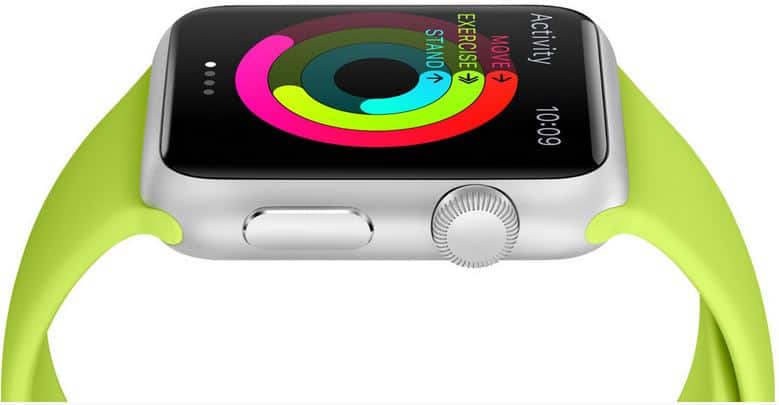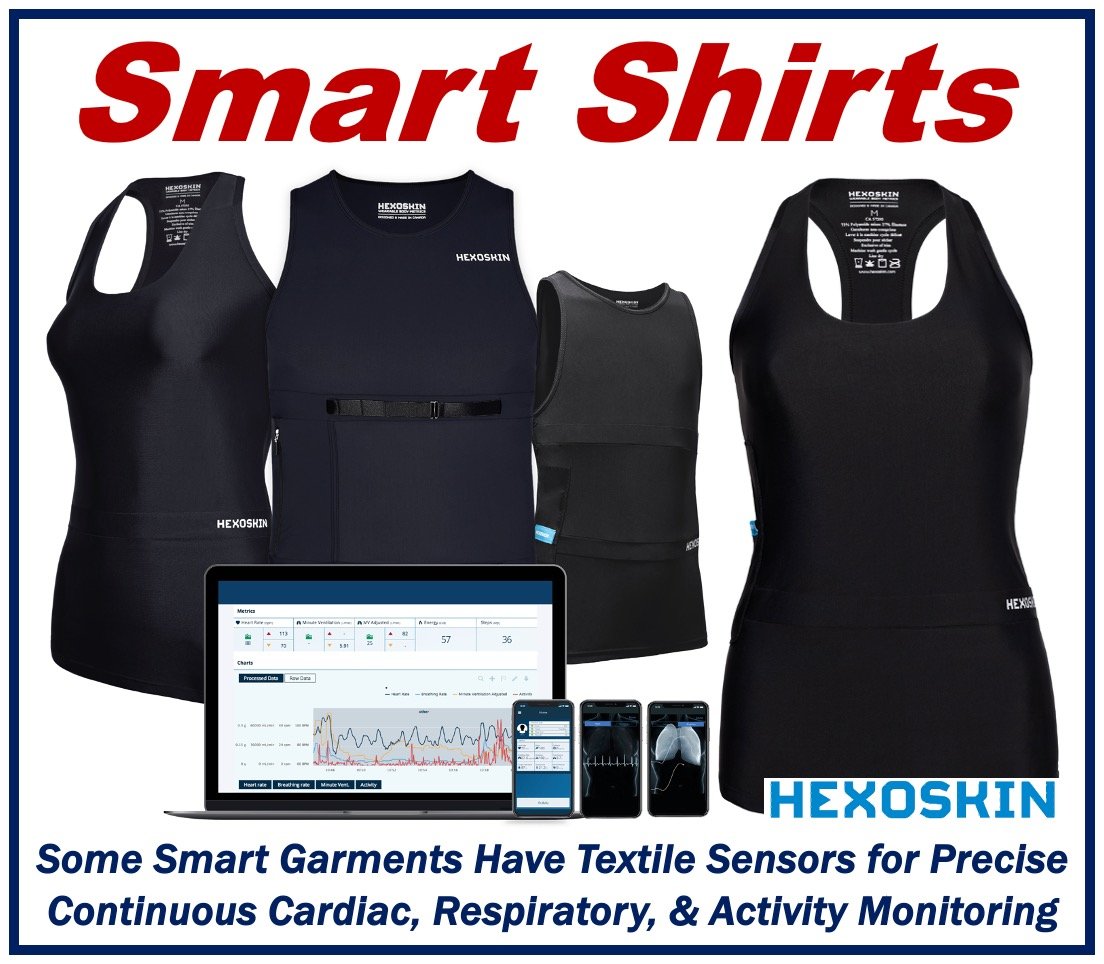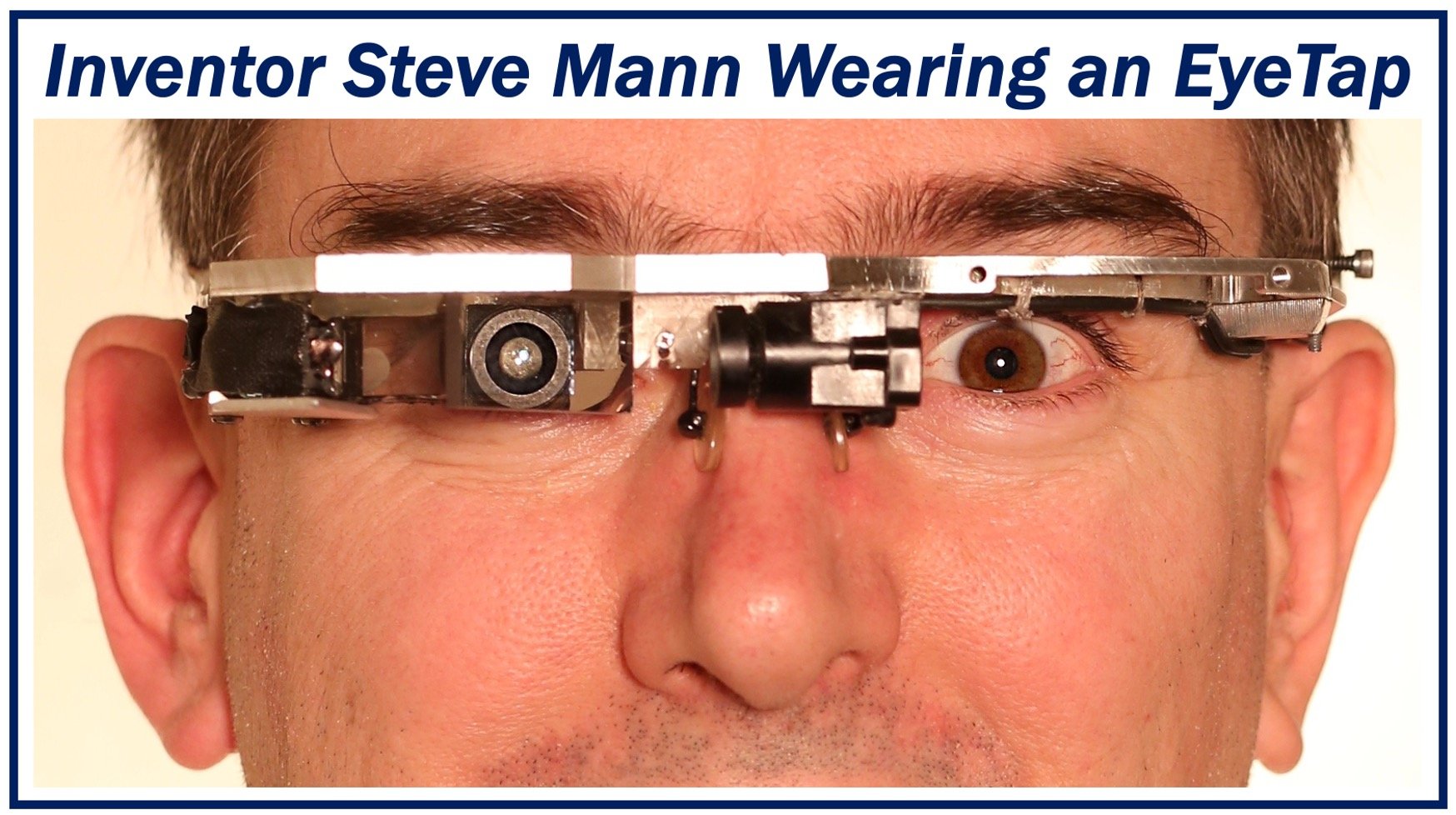A Wearable Computer is a small computing device designed to be worn as an accessory on a user’s body, for example, on the wrist. We often refer to them as ‘Smart Wearables’ or simply ‘Wearables.’
Wearable computers can have specific uses, such as fitness trackers, or have a wide array of features, such as a smartwatch with many “smart” functions similar to those found on a smartphone.
When we add the word ‘smart’ to products like watches, televisions, or wearables, it suggests that these devices have very advanced technology, such as Internet connectivity, interactive features, and integration with other devices. They can usually run various applications or software.
Some wearable computers are designed for specific professional or industrial uses, such as head-mounted displays for augmented reality in engineering or manufacturing environments
More advanced wearable computing devices allow users to read and respond to emails, send text messages, browse the web, view photos or videos, and view social media notifications.
Wearables are typically worn on the wrist (like smartwatches), strapped to the arm, on the head, or hung from the neck.
Examples of wearable computers
-
Smartwatches

Modern smartwatches feature a local touchscreen interface for daily use. They typically have WiFi/Bluetooth connectivity to pair with a smartphone and cooperate with a smartphone app to carry out certain functions.
-
Fitness tracking bands
These devices are strapped around the wrist and have a screen showing vital fitness and health information, such as heart rate, the number of calories burned, and the total number of steps one has done in a day.
-
Smart glasses
Smart glasses, such as the one Google developed known as “Google Glass” have the potential to provide an augmented reality experience for users.
-
Smart Clothing

Articles of clothing integrated with electronic components and connectivity. Some track vital signs, others can change color, and some even keep you warm in winter.
-
Body Cameras
Often used by law enforcement.
-
Wearable Medical Devices
These continuously monitor the patient’s medical condition, such as heart rhythm, sleep patterns, or blood sugar levels. Certain wearables are equipped with biometric sensors, enabling them to provide real-time health monitoring and emergency alerts in critical situations.
-
VR Headsets
Virtual Reality headsets offer immersive experiences for gaming, training, and simulation. People often say that when you play a game with a VR headset you feel as if you were really there.
-
Smart Rings
Rings that can tracking fitness, make payments, or control smart home devices.
Steve Mann and the EyeTap

One of the first wearable computers was invented by Steve Mann. In the late 1970s, Mann invented the “Digital Eye Glass” (EyeTap). The device he assists with vision and causes the human eye to effectively become both an electronic camera and a television display.
Video – What is a Wearable Computer?
This educational video, from our sister channel on YouTube – Marketing Business Network, explains what a ‘Wearable Computer’ is using simple and easy-to-understand language and examples.
